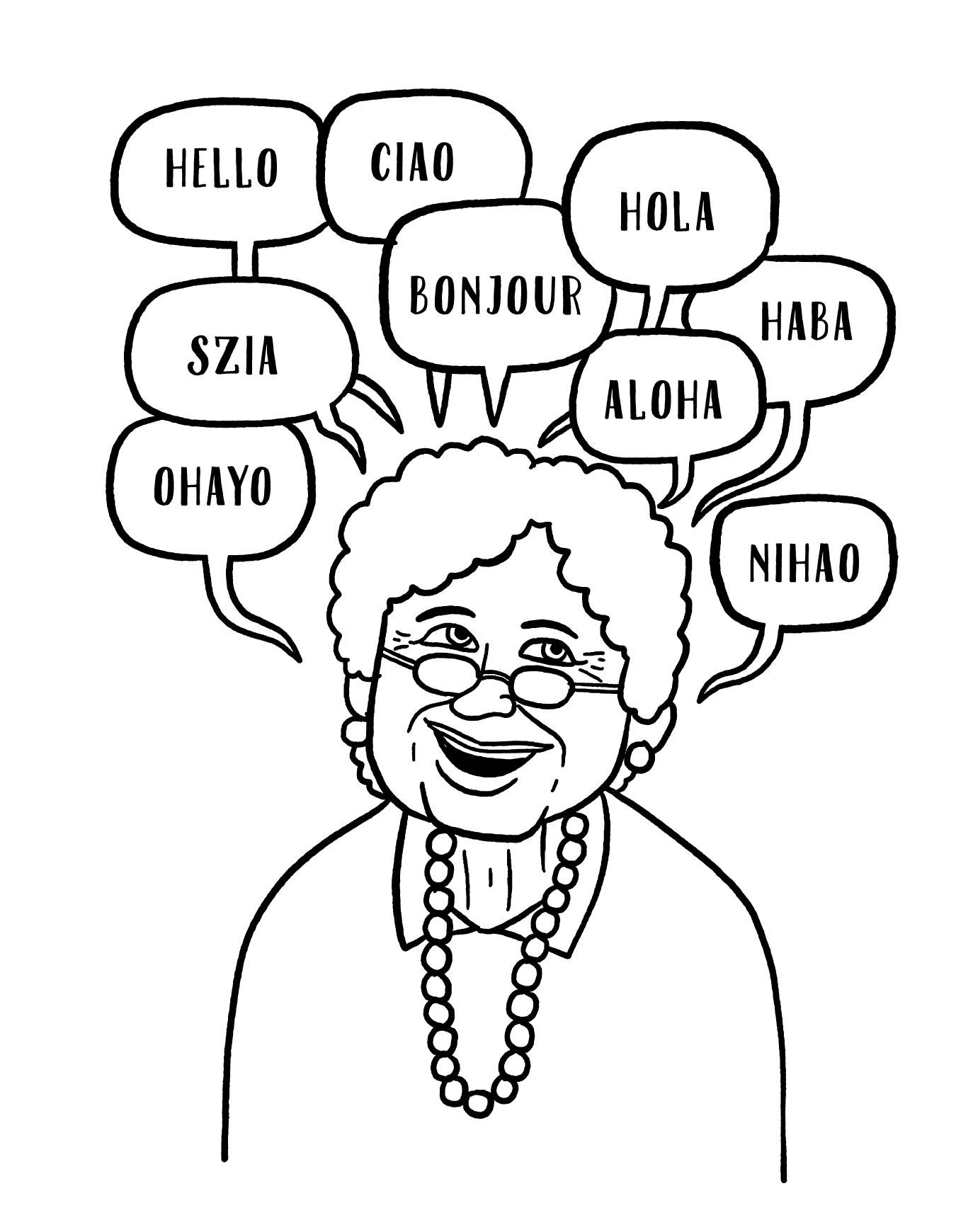MEET ADAM CHEYER AND DAG KITTLAUS

If you—or family members—have an iPhone, an iPad, Apple Watch, or a Mac computer, chances are you’re familiar with the artificial intelligence wonder known as Siri. Siri is a conversational personal assistant, always ready to supply information about the weather, sports scores, directions, jokes, and so much more.
Having Siri with you is better than having a know-it-all friend by your side. Quite simply, “she’s” amazing.
As with any good invention, Siri started with a bold vision and a desire to fill a need—in this case, a need for a system that would understand spoken language and assist with scheduling, maps, reminders, and more. Adam Cheyer, a Rubik’s Cube champion as a young boy (his average time for solving the cube was twenty-six seconds!), was an enthusiastic computer programmer who joined SRI, a California research institute that had given the world the computer mouse and inkjet printing, among other innovations. (Although it looks like the word Siri, SRI, in fact, stands for Stanford Research Institute.) In the early 2000s, Mr. Cheyer went after his goal, which he later said was to build “a humanlike system that could sense the world, understand it, reason about it, plan, communicate, and act.”
Mr. Cheyer and his team at SRI developed what they called a Cognitive Assistant that Learns and Organizes, or CALO for short. About five years later, Dag Kittlaus joined SRI as an entrepreneur-in-residence. Mr. Kittlaus had grown up in Illinois, but he got his degree at BI Norwegian Business School in Oslo, Norway. (His mother was a native of Norway and Dag frequently visited the country while growing up.) After starting his technology career in Norway, he returned to the United States and spent five years working at Motorola, a telecommunications company.
In his early days at SRI, Mr. Kittlaus suggested that CALO would be a great addition to the just-released iPhone. The team needed to devise a system that would recognize human speech and employ its own local search engines—to help it understand whether you wanted to drive to, say, Springfield, Illinois, or Springfield, Massachusetts. They also gave Siri the capacity to handle personal data, accept credit card information, and more, all with a dependable level of accuracy. After about two years of development, funded by $25 million in investments (and aided by artificial intelligence expert Tom Gruber and engineer Chris Brigham), the system was ready to go; it was renamed Siri and it was introduced in Apple’s App Store in February 2010.
The team thought they had produced something great. And that thought was confirmed just a few weeks later, when Steve Jobs, the chairman and co-founder of Apple, called Mr. Kittlaus and invited him to visit him the next day for a meeting. Mr. Kittlaus responded, “No, I can’t. I’m taking my wife to the ballet.” Mr. Jobs said, “Really? Then you could come over before.”
And so, he did. They met, and Mr. Cheyer and Mr. Kittlaus turned down Mr. Jobs’s offer to buy Siri. But Mr. Jobs was persistent, and before long, Siri, the world’s first virtual assistant, was sold to Apple for an estimated $200 million. Was Siri worth that much money? Don’t ask me—ask her.
